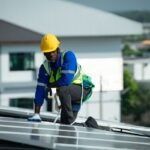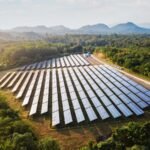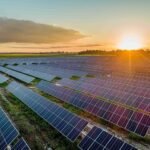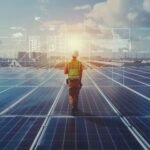At Steelbridge Export, we understand that the future of global energy lies in clean energy and large-scale solar farm development. Across the Middle East, Africa, and emerging markets, solar power projects are rapidly growing, but their success depends on robust solar project finance models.
The Role of Steelbridge Export in Solar Finance
Whether it’s turnkey solar plant contracts in the Middle East, or structuring investment portfolios for private equity solar funds, the financing structure can define the long-term success of any solar energy project.
Understanding the Need for Project Finance in Solar Farm Development
Building a solar power plant requires significant capital investment. From solar construction and solar EPC contracts to land acquisition and technology procurement, every stage demands proper funding. That’s why project finance models have become the backbone of solar development, offering investors, governments, and UAE solar energy companies a way to balance risks while ensuring sustainable growth.
Key drivers for project finance in clean energy investment include:
Long-term stability through renewable energy projects
Attractive infrastructure investment opportunities
Growing support for FDI in energy from global institutions
The ability to structure investment portfolios with high ROI projects
 Popular Project Finance Models in Solar Farm Development
Popular Project Finance Models in Solar Farm Development
1. Debt Financing: Traditional Yet Effective
Debt financing is one of the oldest methods for funding solar projects. Banks and financial institutions provide loans, while developers repay over time from the revenue generated by solar farms.
Pros:
Preserves equity ownership
Predictable repayment schedule
Cons:
Exposure to interest rate fluctuations
Requires strong creditworthiness
2. Equity Financing: Sharing the Risk, Sharing the Gain
In solar investment, equity financing involves selling a portion of ownership to investors. Private equity solar funds often participate in large utility-scale solar projects, especially in emerging markets where solar infrastructure is expanding.
Pros:
No repayment burden
Attracts investors seeking long-term investment returns
Cons:
Dilution of ownership
Dependence on investor relations and trust
3. Public-Private Partnerships (PPP)
PPP models are common in Middle East Solar Investment projects, where governments collaborate with solar energy project developers in the Middle East to accelerate national energy transition goals.
Pros:
Risk sharing between government and private sector
Strong policy support for renewable investment
Cons:
Complex regulatory structures
Long negotiation timelines
4. Build-Operate-Transfer (BOT) Model
This solar EPC approach is popular in regions like the UAE. Developers finance, build, and operate the solar farm for a fixed period before transferring it back to the government or utility company.
Pros:
Guaranteed return during operation period
Encourages sustainable investment
Cons:
Requires advanced technical expertise
Relies on favorable regulatory terms
5. Green Bonds and Sustainable Financing
Global investors increasingly use green investment instruments such as green bonds to fund clean energy projects. This model ties investment directly to renewable energy development, attracting institutional investors focused on ESG goals.
Pros:
Strong alignment with climate targets
Opens access to international capital investment
Cons:
Requires transparent monitoring and reporting
Limited to qualified projects with environmental certifications
 Why the Middle East is Key for Solar Farm Finance
Why the Middle East is Key for Solar Farm Finance
The UAE solar energy companies list continues to expand, proving the region’s leadership in solar energy development. With abundant sunlight and government support, the Middle East is the ideal hub for solar panels investment and PV panels deployment. However, financing remains the determining factor in turning solar projects into operational solar power plants.
Key opportunities:
Turnkey solar plant contracts in the Middle East attract international developers
Strong demand for off-grid solar in remote industrial facilities
Increasing focus on PV thermal coefficient impact in desert regions, optimizing efficiency in hot climates
Long-Term Benefits for Investors
Choosing the right project finance model ensures more than just building a solar farm. It aligns with global energy transition goals while creating high ROI projects for investors. From institutional investment portfolios to sustainable energy funds, solar finance offers:
Predictable cash flows from renewable energy generation
Diversification of infrastructure investments
Contribution to global clean energy investment targets
Strengthened investor relations through transparent reporting
FAQs
- 1. What is the most common project finance model for solar farms?
Debt financing remains the most common, but equity, PPP, and green bonds are rapidly gaining popularity. - 2. Why is clean energy important for project finance?
Because investors seek sustainable investment opportunities that align with long-term climate and energy transition goals. - 3. How do private equity solar funds work?
They pool investor capital into solar projects, providing both financing and strategic guidance for maximum returns. - 4. What role does the Middle East play in solar finance?
The Middle East, especially the UAE, is a global leader in solar EPC projects, making it a hotspot for solar infrastructure investment. - 5. Are green bonds a safe investment for solar projects?
Yes. They are tied to certified renewable energy projects, offering investors both returns and ESG credibility.
If you’re ready to structure your next clean energy investment, partner with Steelbridge Export today and unlock high-ROI solar farm opportunities worldwide. We are always ready to cooperate in middle east projects through yenisana.com.



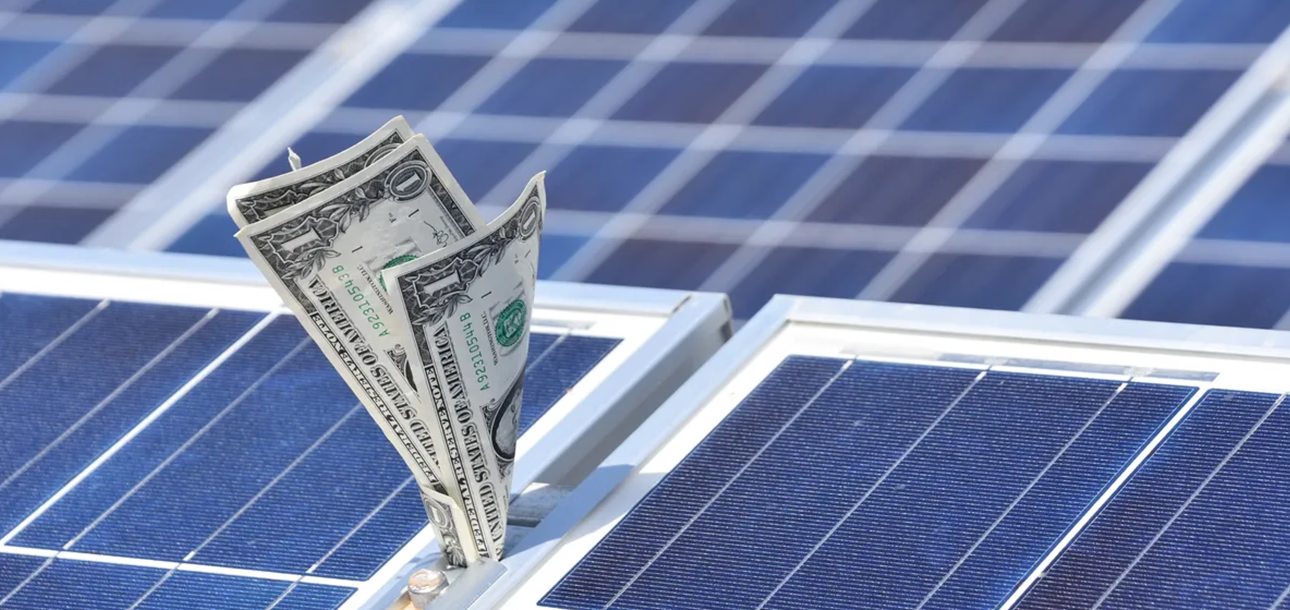
 Popular Project Finance Models in Solar Farm Development
Popular Project Finance Models in Solar Farm Development Why the Middle East is Key for Solar Farm Finance
Why the Middle East is Key for Solar Farm Finance